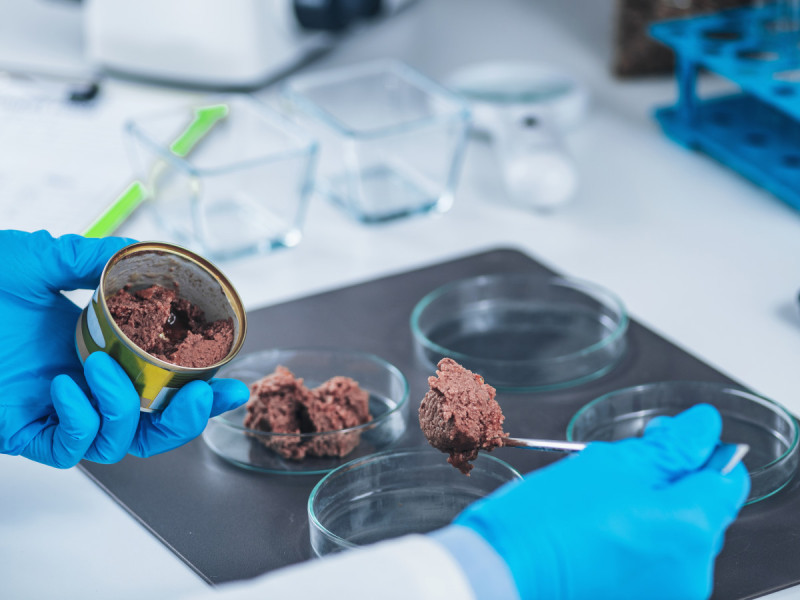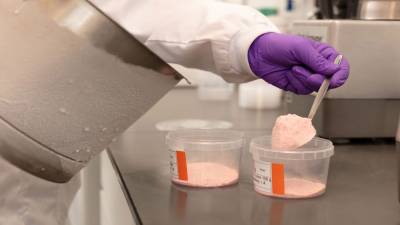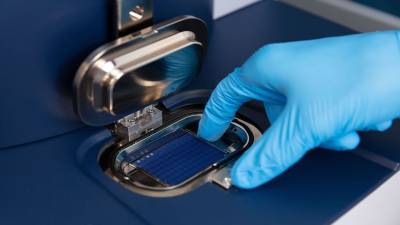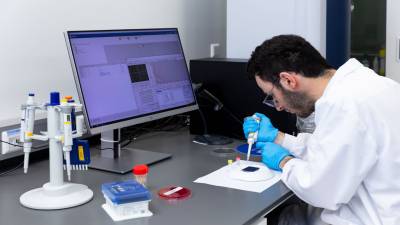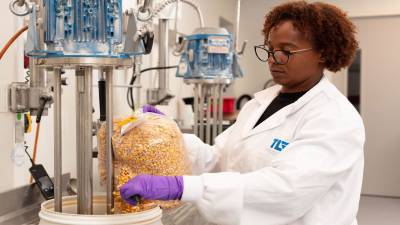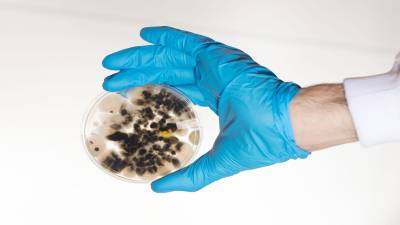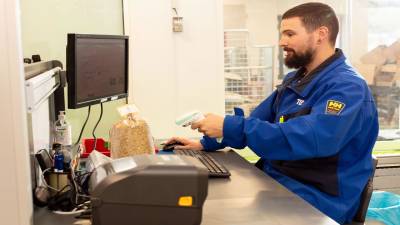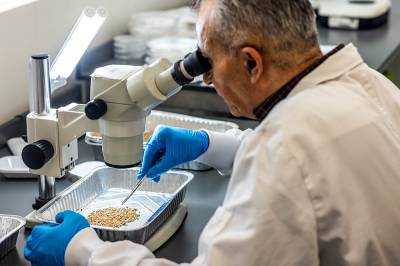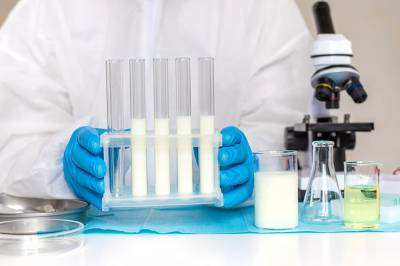Microbiological Analysis of Animal Feed and Raw Materials
Safety, legislation and analytical methods.
Microbiological quality assurance is essential in the animal feed industry. Pathogens, indicator organisms and storage-related microorganisms pose risks to animal health, food safety and trade value. TLR International Laboratories offers accredited analyses, aligned with GMP+ FSA and relevant EU regulations.
Relevance of microbiological monitoring
Microbiological testing contributes to:
Food safety: Animal feed forms part of the human food chain. Contamination with pathogens such as Salmonella must be excluded.
Animal health and performance: Unwanted microorganisms affect gut health, feed intake and production efficiency.
Legal and private requirements: Analysis supports compliance with GMP+ FSA, EU Regulation 183/2005 and the Dutch Animal Act.
Damage prevention: Early detection prevents recalls, claims, export blockages and reputational damage.
Critical microbiological parameters
Parameter selection is product- and target-animal specific. Common determinations include:
Parameter | Risk | Application area |
Salmonella spp. | Pathogen - legally prohibited | All feeds |
Enterobacteriaceae | Hygiene indicator (HACCP control) | Processed feeds |
Escherichia coli | Indicates faecal contamination | Plant-based raw materials |
Clostridium perfringens | Enteropathogen | Poultry, young animals |
Listeria monocytogenes | Risk in forages | Silage |
Aerobic mesophiles (TVC) | General hygiene parameter | General |
Yeasts and moulds | Spoilage, storage quality, mycotoxin risk | Vulnerable bulk goods |
Analytical techniques
Conventional culture methods
For enumeration and detection of bacteria, yeasts, moulds, Enterobacteriaceae and Salmonella.
Incubation time 24-72 hours.
Reliable for trend analysis and validation of cleaning protocols.
PCR (Polymerase Chain Reaction)
Targets pathogen DNA such as Salmonella or Listeria.
Results available within 24 hours.
Suitable for CCP monitoring in high-risk matrices.
MALDI-TOF MS
Identification of yeasts, moulds and bacteria to strain level.
Applicable to positive isolates.
Increases reliability of follow-up action or classification.
Standards and legislation
Parameter | GMP+ FSA | EU legislation | Animal Act (NL) |
Salmonella spp. | Absent in 25 g | EC 183/2005: same | Refers to EC standards |
Enterobacteriaceae | Guideline value, hygiene control | No limit | HACCP requirement |
Yeasts and moulds | Guideline values depending on product | No limit | No limit |
Clostridium perfringens | Maximum allowed under risk assessment | No EU limit | No separate limit |
GMP+ BA4 (contaminants) and BA10 (microbiological monitoring): Guidelines for product groups and frequency.
Animal Act - Animal Feed Decree and Regulation: Aligns with European frameworks.
EC 183/2005: Hygiene Regulation for feed businesses in the EU.
Accreditation and method status
TLR International Laboratories is accredited to ISO/IEC 17025 (scope RvA L059) for most microbiological analytical methods.
We use only validated methods based on:
ISO standards
GMP+ FSA requirements
AFNOR/AOAC approvals (for alternative detection methods)
Non-accredited but technically validated analytical methods are available for specific customer requests.
Conclusion
Microbiological analysis of animal feed requires alignment with risk, product type and legislation. With accreditation, modern techniques (such as PCR and MALDI-TOF) and assessment against international standards, TLR supports feed producers in risk management, quality validation and market access.
Meld je aan voor de laatste tips en adviezen dat je gelijk in de praktijk kunt brengen.

